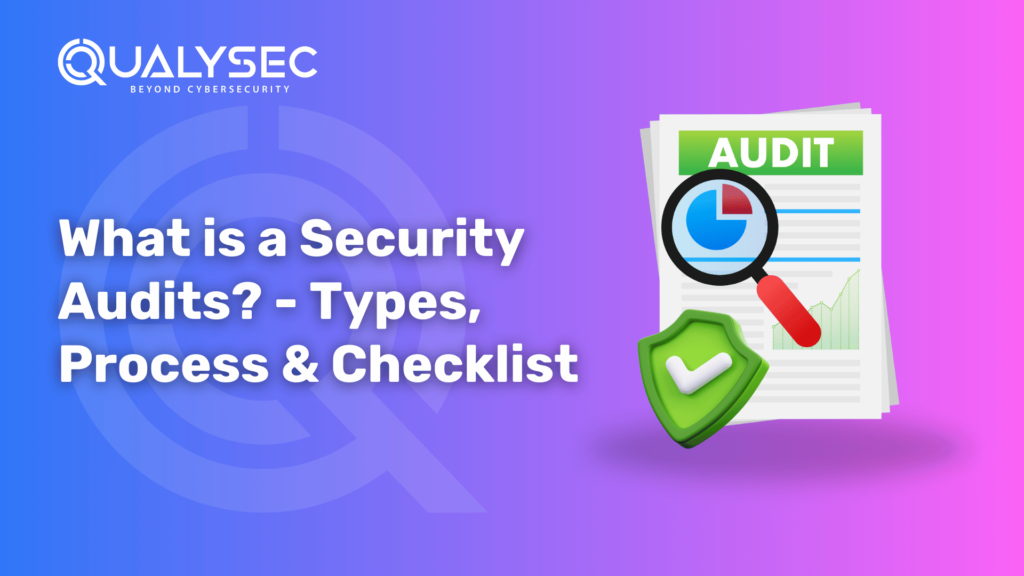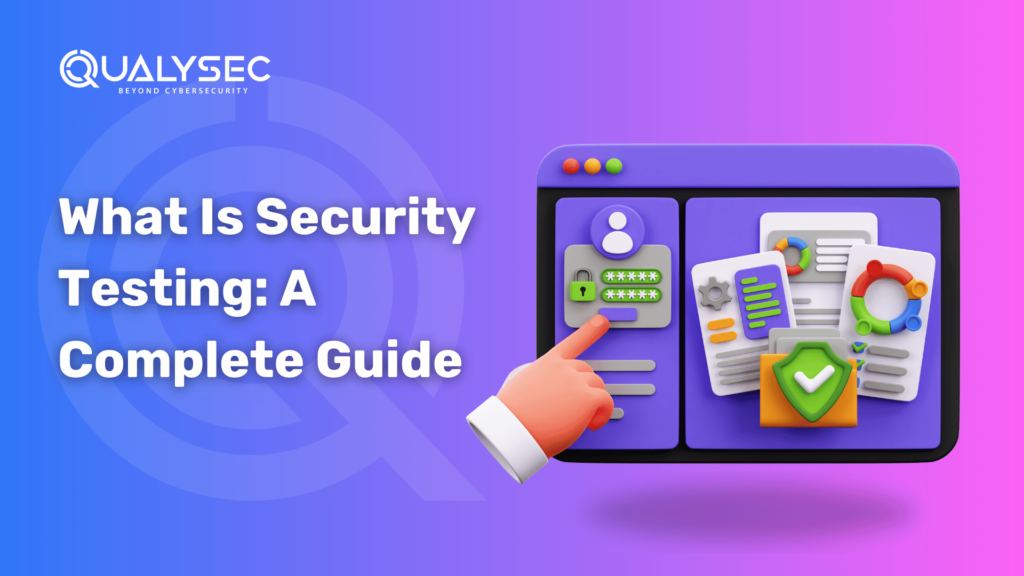What Is A Security Audits? – Types, Process & Checklist
As cybercrime expenses are reaching their heights in the global scenario, the requirement for security measures to protect sensitive data is also crucial. In the current times, businesses deal with huge amounts of confidential data, even if the firm has to go through a few security measures, for them to continue to be effective in helping avoid cybercrimes, companies must undergo an audit regularly. Security audits can help with this. What is a Security Audit? A security audit thoroughly investigates a company’s privacy policies, security rules, and hygiene practices. It searches for safety risks that could allow unauthorized access to the company’s data, property, and staff. A cyber security audit evaluates the impact of current safety precautions, identifies vulnerabilities and shortcomings, and makes recommendations to reduce threats to safety. What is the ideal frequency for doing a security audit? Security audits must be performed preferably at least two times per year, according to what kind of information the firm handles. Although risk evaluations are brief automatic checks which might be performed every day, hacking takes patience and is ideally done twice a year. Security Audits: its types Compliance auditing A compliance security audit check determines how effectively a company’s safety procedures comply with regulatory requirements like HIPAA, ISO 27001, and PCI DSS. The purpose is to pinpoint those places where the company’s compliance is inadequate and also to guarantee that it meets all the required ethics. Assessing vulnerabilities A risk evaluation is the process of identifying and quantifying possible flaws in a company’s systems and infrastructure, typically utilizing computerized scanning tools. Its goal is to detect possible safety problems and offer enhancements to the company’s safety record. Testing for penetration A penetration test involves simulating an actual-life cyberattack on a firm’s networks and IT infrastructure to detect possible holes and flaws.Auditing is done physically by a security specialist who simulates activity by hackers to discover possible safety risks and evaluate the ability of the company to spot and react to attacks. Risk Assessment A risk assessment measures an establishment’s total safety risk outline by assessing possible threats posed by vulnerabilities and the probability of existence. Auditing social engineering A social engineering audit evaluates a company’s sensitivity towards social engineering assaults including phishing attacks, fraud, and trolling. The purpose is to identify weaknesses in the company’s safety education and provide recommendations for improving them. Auditing configurations The configuration audit examines a company’s IT settings to verify that the systems are trustworthy and meet regulatory requirements. Its main objective is to identify possible risks to safety and provide recommendations for improving the safety of the business. Internal vs. External Security Audits Internal Audits: External Audits: How a Security Audit Should Be Performed Organizing and Scoping Obtaining Data Assessing risks Tests & Assessment Submission of reports Results along with recommendations “Related Content: A detailed guide to security testing services!” Latest Penetration Testing Report Download Security Audit Checklist Here’s an example of an auditing security checklist. The checklist’s particulars will be determined by the company’s size, business, and special safety requirements. Physical safety Verify that physical safety precautions (such as cameras, locks, and alarms) are in existence and working properly. Appropriate controls for entry should be implemented.Fire protection and recovery processes should be maintained and tested on an annual basis. Security for networks Confirm that surveillance systems, firewalls, and antivirus protection are installed and kept up to speed. Determine whether or not internet connections remain safe to use and appropriately built.Network segmentation and isolation procedures should be used as needed. System Security Cover and bring up-to-date your organizations and applications. PIN policies must be applied and imposed. Compliance Meet regulatory compliance and legal requirements. Keep security policies and procedures documented and up to date. Check if security incident response plans are in place and tested regularly. Business Continuity/Disaster Recovery Have business continuity and disaster recovery plans in place and test them regularly. Check for redundancy in critical systems and data storage. Have a plan for dealing with potential cyber-attacks or other security incidents. Conclusion Considering an increase in online crimes, frequent security audits are critical to preserving a company’s safety record by routinely assessing its strengths and limits.Cybersecurity professionals may help in identifying weaknesses, ensuring adherence to regulatory requirements, responding to developing dangers, and maintaining confidence among customers.Security evaluations assist firms preserve their valuables, credibility, and consumers by emphasizing the security of data and setting up proper vulnerability management procedures. Talk to our Cybersecurity Expert to discuss your specific needs and how we can help your business. Schedule a Call FAQs What does “security audit” imply to you? A security audit is an organized examination of a company’s information infrastructure, procedures, and processes to uncover holes, ensure compliance with regulations, and enhance its overall safety stance, thus safeguarding it from possible dangers including information leaks. Who conducts security audits? Security audits are conducted by private security groups, third-party safety businesses, and expert auditors. These experts examine networks, equipment, and methods to identify shortcomings, ensure compliance with standards, and suggest better safety practices. What precisely is the function of a security auditor? Security auditors perform evaluations according to business regulations and federal policies. Professionals assist in discovering hazards and weaknesses in a computer system and collaborate with engineers to reduce them.






